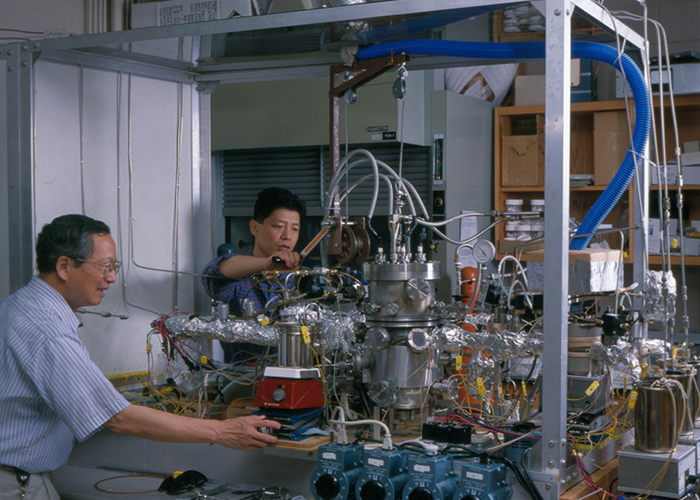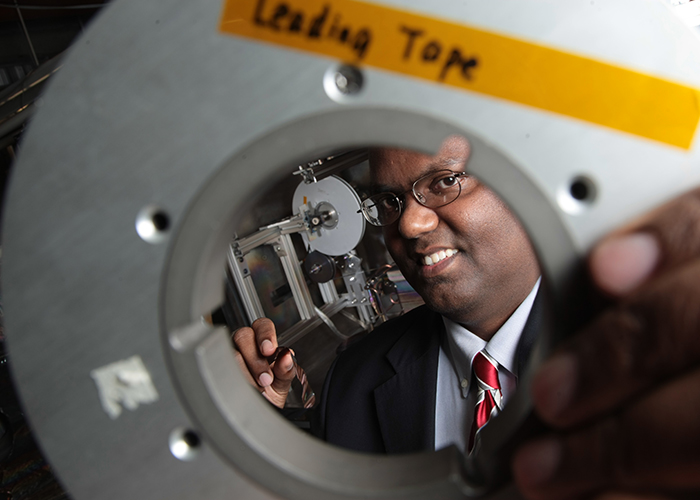TcSUH Research Divisions
Superconductivity Division

Both electricity and hydrogen, the most environmentally friendly secondary energy sources or energy carriers, must be generated from primary sources. The primary energy sources in large supply today are petroleum and natural gas in the short term, coal and nuclear fission in the near term, and nuclear fusion in the long term. Renewable sources such as solar photovoltaic and wind power will also play an increasing role. In the near term, improvements in transmission and distribution systems from local generation sources will be needed.
Energy Materials Division

Both electricity and hydrogen, the most environmentally friendly secondary energy sources or energy carriers, must be generated from primary sources. The primary energy sources in large supply today are petroleum and natural gas in the short term, coal and nuclear fission in the near term, and nuclear fusion in the long term. Renewable sources such as solar photovoltaic and wind power will also play an increasing role. In the near term, improvements in transmission and distribution systems from local generation sources will be needed.
Applications Division

Our goal is to make scientific and engineering contributions towards the utilization of HTS thin films and devices in bio-medicine over frequencies ranging from dc to microwave, and to enhance our understanding of high-frequency properties of HTS, dielectric, magnetic, and biological materials. Our projects require interdisciplinary approaches, and include application research, device/technology development, and fundamental research.
The nanoscience group at TCSUH exploits its wide range of material expertise and material characterization and fabrication capabilities acquired over the last two decades in the research and development of superconductivity for the development and processing of nanomaterials with improved performance for biomedicine, composite materials, sensing, energy delivery and storage.
Applied Research Hub (ARH)

The Applied Research Hub was established with an award from the Texas Emerging Technology Fund (ETF) at the beginning of 2010. The purpose of the ARH is to provide new infrastructure and capabilities for applied research to attract companies to engage in collaborative research and development, targeting HTS-based products and processes for energy and medicine. The TcSUH Applied Research Hub is using the research and technology developed by TcSUH in high temperature superconductors and other advanced materials for commercial applications through research collaborations and licensing agreements with industry, or where appropriate, by the formation of spin-off companies.
